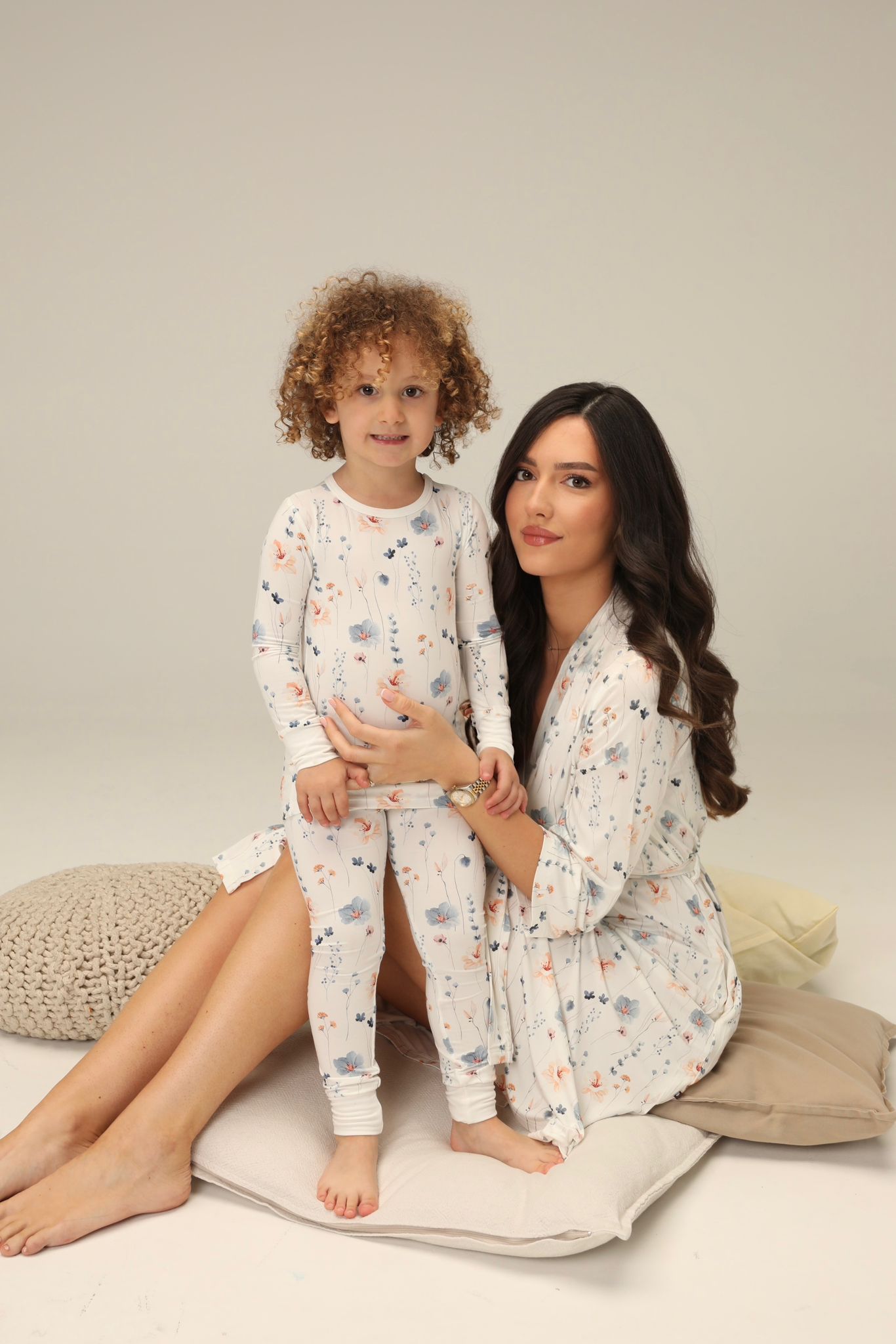What your baby wears to bed plays a quiet but important role in how they sleep and how you sleep, too. When the fabric feels right, when the fit doesn’t distract, when the layers are breathable and easy to adjust, those long nights feel a little easier.
You don’t need to overthink every outfit. Start with a soft, temperature-appropriate sleeper like a bamboo footie or knotted onesie. Pay attention to the room temperature, check your baby’s chest for comfort, and adjust as needed.
Skip the extras that don’t serve purpose like socks under footies or hats during sleep.
With just a few essentials, you can create a sleep wardrobe that works through every season, growth spurt and middle-of-the-night diaper change. And for that, your baby and your future self will thank you.
Want a full checklist of everything your newborn needs, from sleepwear to swaddles?
Visit our Newborn Essentials Buying Guide for practical advice and product picks trusted by moms.


